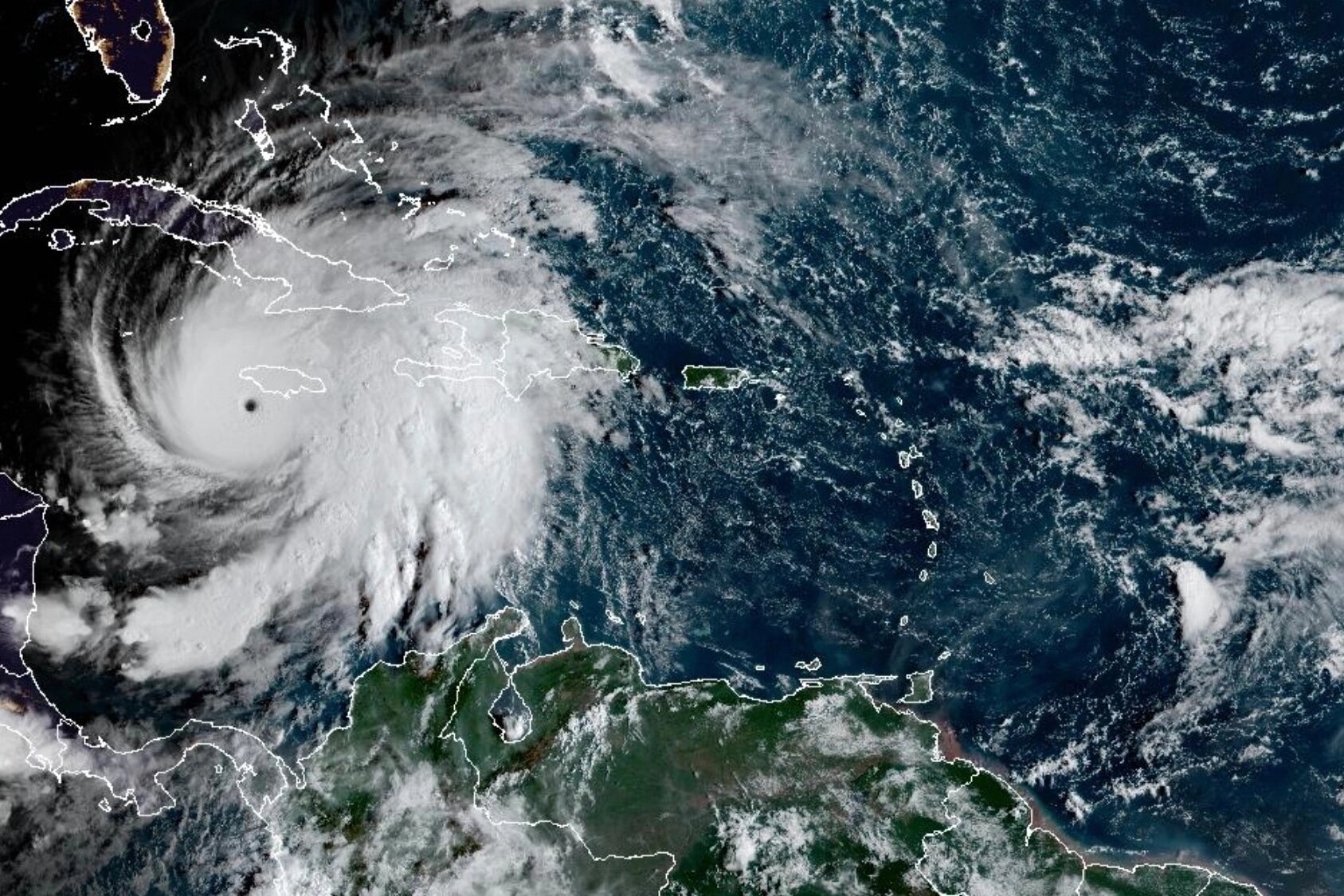The planes have been flying into Hurricane Melissa as part of monitoring the monster storm.

The NOAA pilots and scientists flying aboard hurricane hunter aircraft into Hurricane Melissa’s 185-mile per hour winds are not being paid during the government shutdown, the National Oceanic and Atmospheric Administration confirmed Tuesday.
“Due to the ongoing federal government shutdown and last week’s failed measure in the Senate to pay essential workers, no NOAA employees are being paid at this time,” NOAA spokesperson Kim Doster said in an emailed statement.
Hurricane Melissa made landfall on Jamaica as a Category 5 storm at roughly 1 p.m. EDT on Tuesday, according to NOAA’s National Hurricane Center. Melissa is expected to be the most powerful storm on record to pass through the Caribbean.
The federal government’s hurricane hunters have continued to fly despite the shutdown. At least two missions — one operated by NOAA on Monday and the second by the Air Force on Tuesday — were aborted when pilots experienced dangerous turbulence passing through the hurricane.
The government shutdown, now in its 28th day, has resulted in the furloughs of “nonessential” employees, including at NOAA. But National Weather Service staffers and other employees working on forecasts and other duties monitoring extreme weather are required to keep working.
Rick Spinrad, the former NOAA administrator who has been critical the Trump administration’s management of NOAA, said, “Flying repeatedly through a powerful hurricane is a true test of one’s mettle. Doing so without any assurances of being paid is solid testimony to one’s service to their country.”
The program is jointly run by NOAA and the Air Force. Both agency’s planes have been tested by the sheer power of Melissa’s winds.
The Air Force Reserve’s 53rd Weather Reconnaissance Squadron, which flies hurricane hunter aircraft from Keesler Air Force Base in Mississippi, posted Tuesday on the social media site X that its crew returned to the Caribbean island of Curaçao after experiencing heavy turbulence while entering the storm’s eye wall.
“During the event, the aircraft briefly experienced forces stronger than normal due to turbulence,” officials said in the post. “While this does not automatically indicate damage, standard safety procedures require an inspection before returning to operations.”
On Monday, a NOAA-operated aircraft aborted its flight into Melissa’s eye wall after experiencing severe turbulence, according to NOAA. That plane, nicknamed Kermit, is a Lockheed WP-3D Orion turboprop. The plane landed at Lakeland, Florida, where it was inspected before returning to service, according to Doster.
The hurricane hunter program operates 12 aircraft. The Air Force Reserve flies Lockheed Martin WC-130Js for their missions, while NOAA relies on two aging Lockheed Martin WP-3D Orions, according to the Government Accountability Office, which issued a report on the program in March. NOAA also uses a Gulfstream IV jet to fly at higher altitudes for reconnaissance purposes.
Doster said both of NOAA’s Orion aircraft — nicknamed Kermit and Miss Piggy — are functional and ready for operations Wednesday. Kermit is the primary platform for Melissa flights, and N43RF Miss Piggy is in a backup role. The Gulfstream jet had not been assigned Tuesday, according to NOAA.
